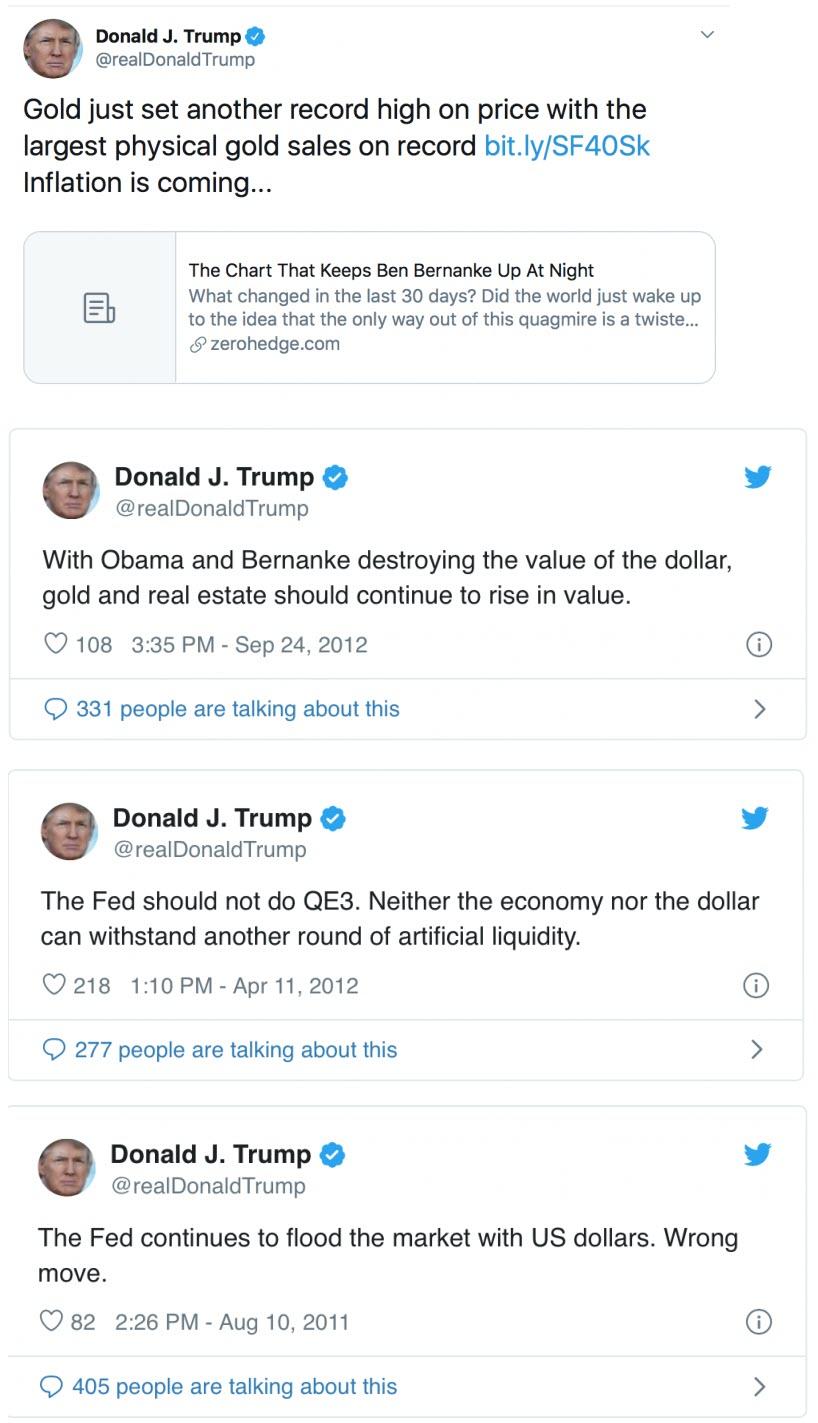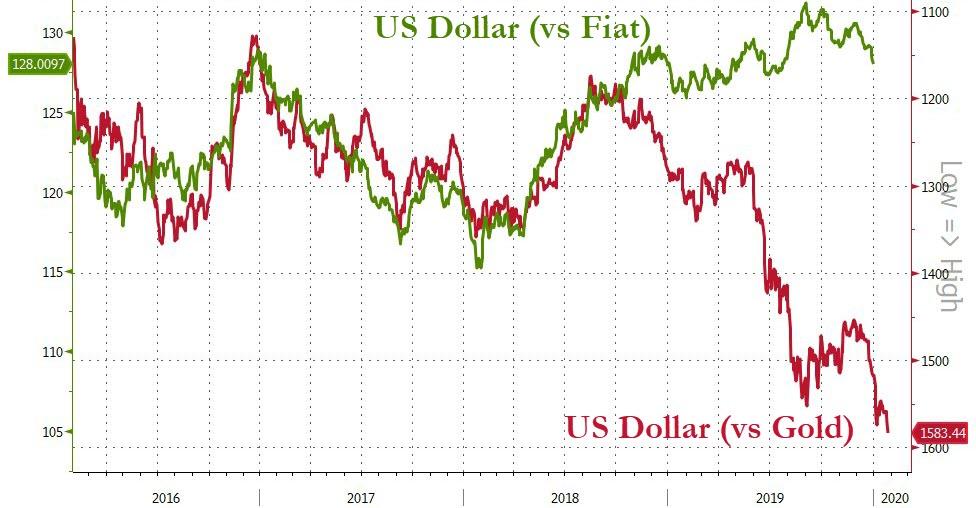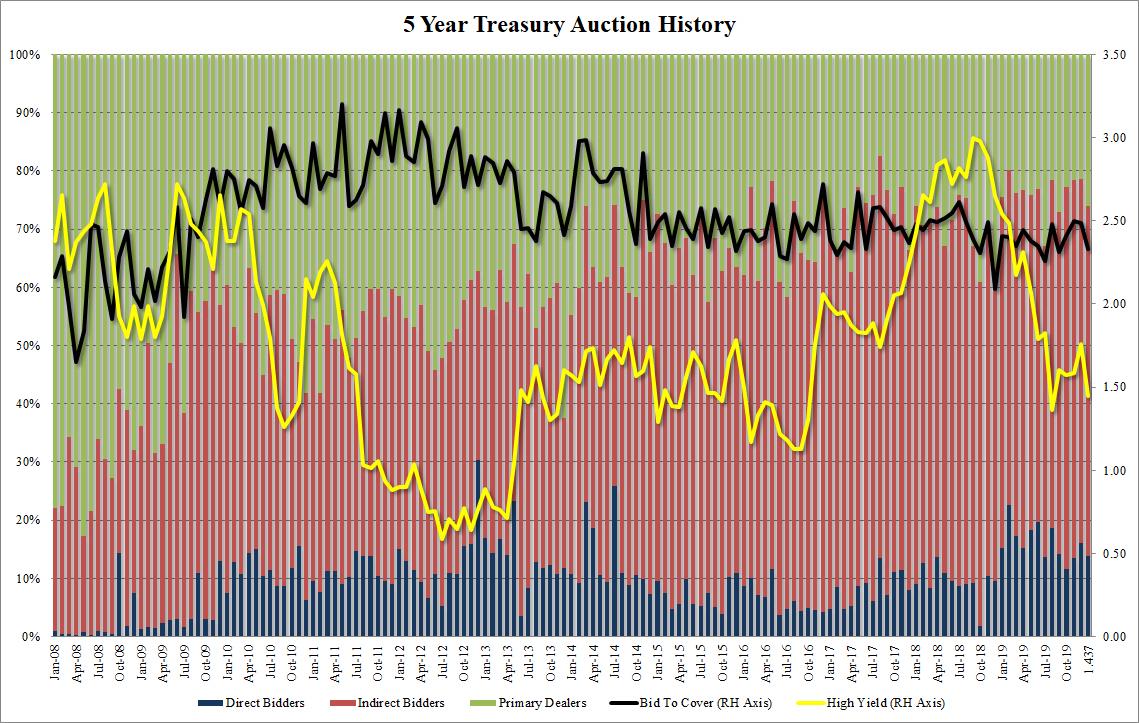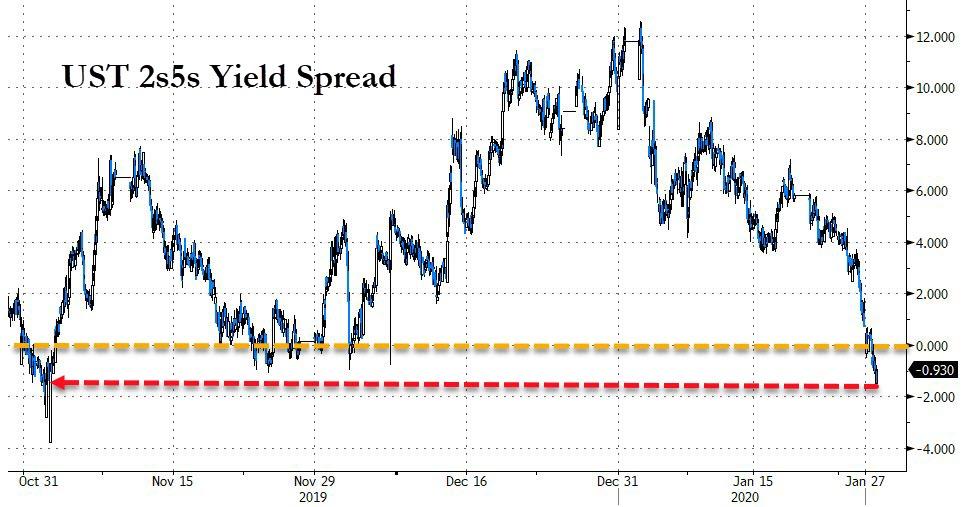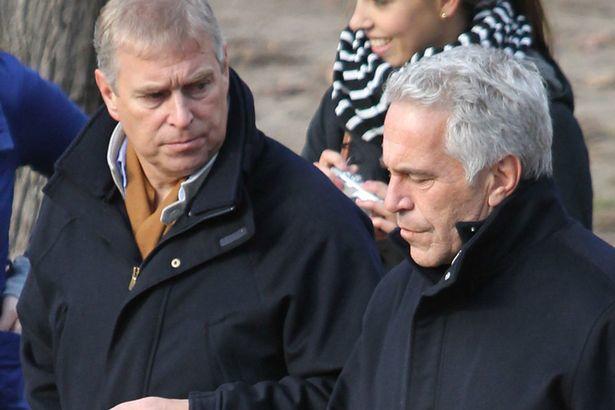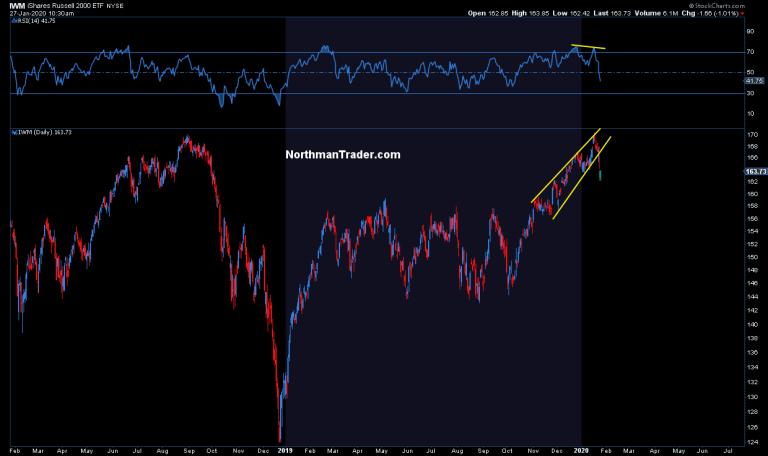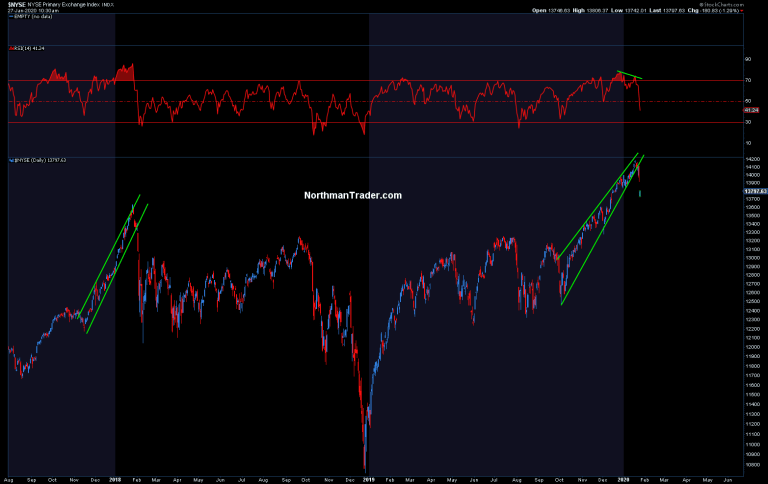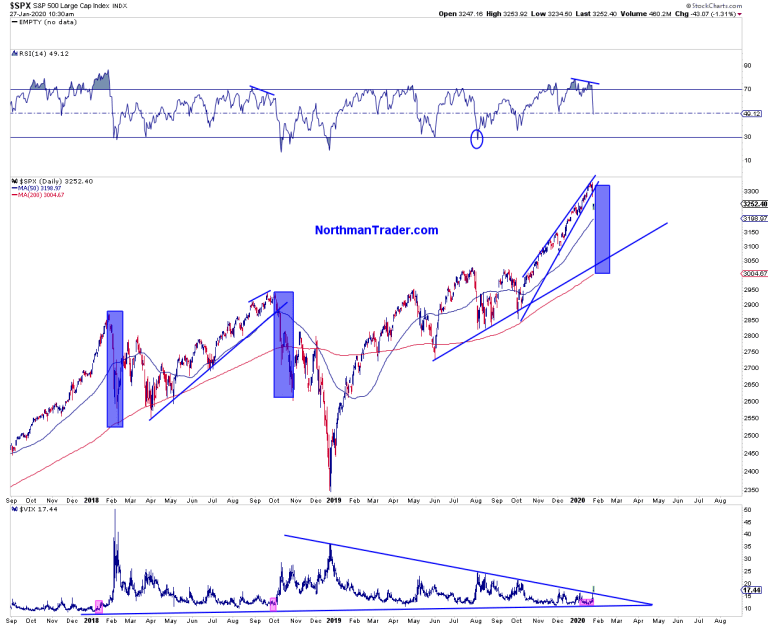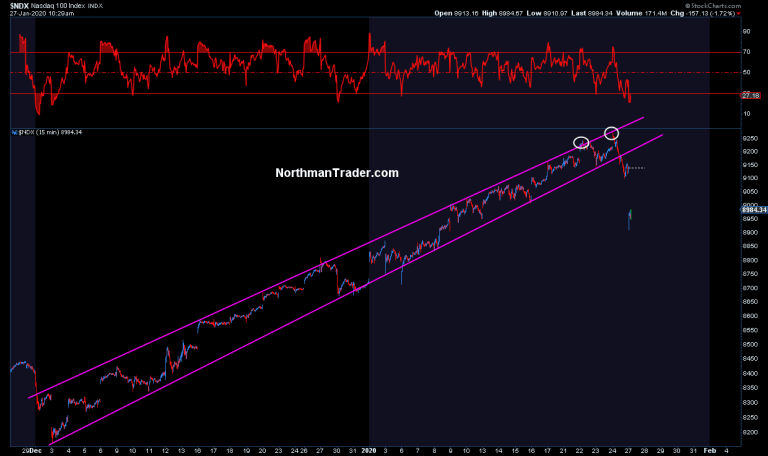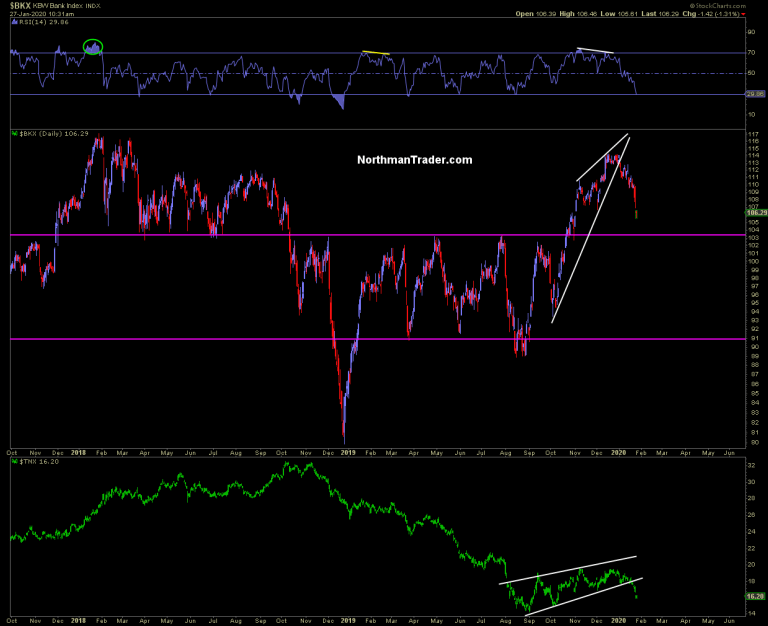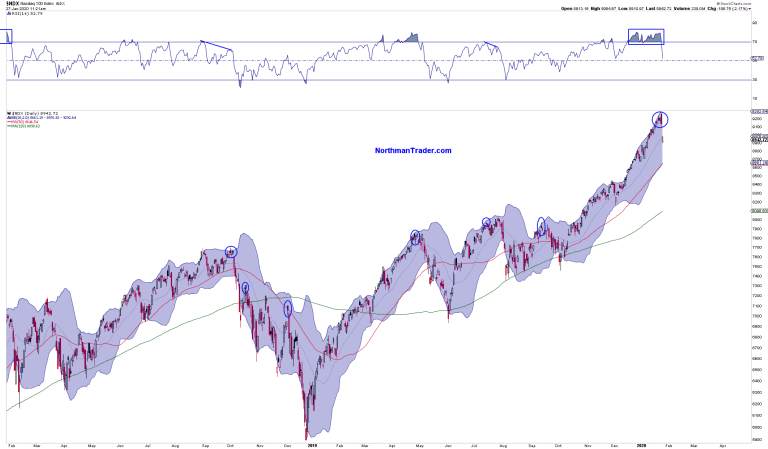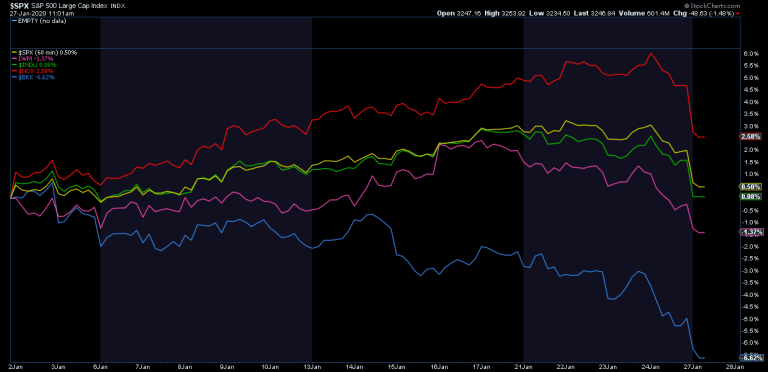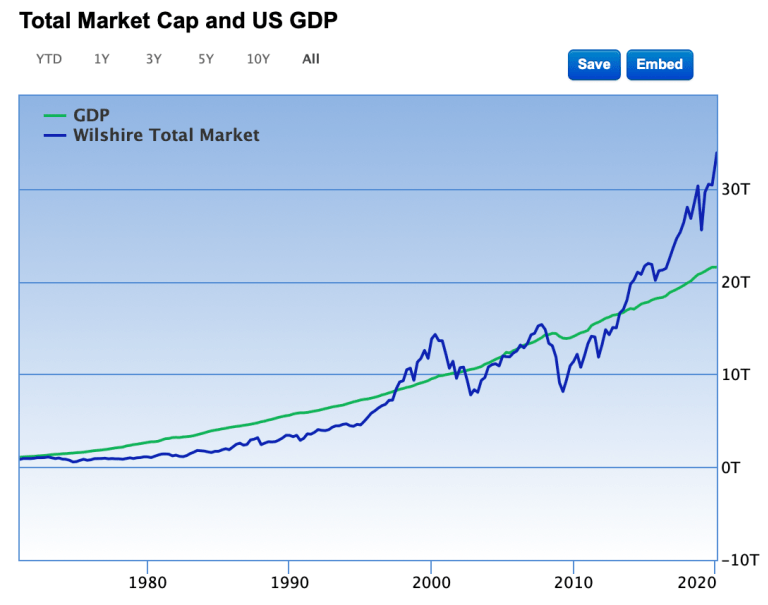When Stefaine D’Amico’s son Bobby became a target for bullies at school, she saw how the boy changed. He stopped enjoying school, and his progress faltered. He became emotionally withdrawn. Worst of all, the teachers and administrators at Bobby’s school didn’t seem capable of dealing with the situation.
“He slid back. His whole focus was the social [aspect]—you know, ‘Are these kids gonna accept me? Who is going to tease me today?'” D’Amico recalls. “As a parent, your hands are tied, and the school district isn’t helping, you just feel so frustrated.”
More than six years ago, before Bobby entered the sixth grade, D’Amico made the choice to pull her son out of the middle school in Marple-Newtown School District and enroll him in one of Pennsylvania’s so-called cyber charter schools—online education programs where students from any of the state’s 500 traditional public school districts can complete coursework and earn a high school diploma from home. It has made all the difference, D’Amico says. Bobby is now a high school senior, eager to graduate and head off to college to study filmmaking.
But Bobby might be one of the state’s last graduates from a cyber charter school, if one state lawmaker has his way. Under the terms of a bill that’s working its way through the state House this month, all of Pennsylvania’s cyber charter schools could be shuttered, leaving their 35,000 students scrambling to find limited spaces in brick-and-mortar charter schools and possibly forcing them to return to the traditional school districts they fled. That would include Bobby’s two younger siblings, both of whom are following his path through the Agora Cyber Charter School.
State Rep. Curt Sonney (R–Erie), chairman of the House Education Committee and the bill’s sponsor, says his goal is to “eliminate the tension between school districts and cyber charter schools.”
It would indeed do that—and more.
“It would force parents and students to go back to the districts that have already failed them,” says Ana Myers, executive director of the Pennsylvania Coalition of Public Charter Schools, which lobbies on behalf of both brick-and-mortar and cyber charters.
Sonney’s proposal is extreme, but it’s part of a bipartisan push to restrict school choice in Pennsylvania. State lawmakers and Gov. Tom Wolf are taking steps to restrict access to charter schools or otherwise hobble charter school’s budgets. Even if the end result is less dramatic than the prospect of throwing 35,000 kids out of the schools they currently attend, the crackdown on choice is likely to leave more kids in situations like the one Bobby escaped.
Pennsylvania legalized charter schools in 1997, and cyber charters followed in 2004. Now roughly one out of every 11 public school students in Pennsylvania attends a charter school. In Philadelphia, the state’s biggest school district, charter schools now educate more than a third of the city’s students—with 30,000 more on waiting lists. Cyber charters account for about 20 percent of overall charter school enrollment; because brick-and-mortar charters are clustered mostly in the cities and densely populated suburbs, cyber charters are the only available charter school option in many parts of Pennsylvania.
This proliferation of choices has seen some missteps. Most prominently, the CEO of one cyber charter school was sentenced to 20 months in prison after he got caught skimming millions of dollars from the school. A handful of charter schools have been shut down due to poor performance, and studies show that cyber charters, in particular, may need more scrutiny to ensure they are worthwhile alternatives.
There is also a persistent argument, pushed by lobbyists for traditional public schools, that charter schools are somehow shortchanging students who remain in non-charter schools. That’s the “tension” that Sonney is talking about.
Each traditional public school in Pennsylvania is funded with a combination of state and local tax dollars. How much comes from the state and how much from the school district varies from place to place, in accordance with a complex formula determined by the state Department of Education. When a student leaves a traditional public school to attend a charter school—physical or cyber—the portion of that student’s tuition that’s paid by the local school district follows the kid to the charter school. The school district retains the state’s portion.
As a result, charter schools get about 70 percent, on average, of the per-pupil funding that traditional public schools do. The traditional schools still complain, because fixed overhead costs don’t necessarily decline when students leave, and they are left with fewer total dollars (but also fewer kids to educate). The argument is somewhat disingenuous: If you don’t want students leaving, give them reasons to stay. That’s how competition is supposed to work.
“If districts want to stop the mass exodus of students, they have to look inside themselves and figure out why families are unhappy with the education they are getting,” says Meyers.
Rather than compete for students, it seems like traditional public schools prefer to ask the government for favors. That’s one way to understand Sonney’s bill, which would replace the marketplace of cyber charter schools with a mandate that every school district offer online classes for students who want them.
That’s also a good lens through which to view Gov. Tom Wolf’s executive order last year requiring charter schools to cover the administrative costs that occur when the state Department of Education must settle a funding dispute between a school district and a charter school. That’s no small thing: In the 2018–19 school year, more than 13,000 such disputes were lodged with the department.
Forcing charter schools to cover those costs, Wolf said in September when he unveiled a series of charter school reform measures, “will allow more money to go where it should go, tax dollars toward educating our children.”
That may sound great. But a subsequent open records request filed by the Commonwealth Foundation, a pro-market think tank, found that every single one of those 13,000-plus funding disputes launched the previous year was decided in the charter school’s favor. That leaves an obvious conclusion: School districts are deliberately shortchanging charter schools.
Indeed, the superintendent of the Pottsville School District told The Philadelphia Inquirer that his district never pays its local charter school. But now charter schools have to pay the state to cover the cost of getting what obstinate school officials owe them.
“Making charter schools pay when school districts break the law isn’t about ‘fairness’ or ‘accountability’ or any of the other slogans the Wolf administration uses,” says Nathan Benefield, vice president of the Commonwealth Foundation. “By favoring one type of public school over another, Gov. Wolf is working to undermine parental choice—prioritizing money over kids.”
Wolf has pushed through several other charter school regulations via executive order—after legislators spent years trying, and failing, to enact a comprehensive rewrite of Pennsylvania’s charter school laws. Some of these are welcome changes aimed at increasing transparency and accountability when it comes to charter school performance, finances, and enrollment processes. Charter schools are public schools, after all, and they should meet the same standards. And the state’s charter school laws are due for an update after two decades of seeing what works and what doesn’t.
But that logic never seems to flow in the other direction. Many of Wolf’s proposals will make it more difficult for new charter schools to open, while doing nothing to fix persistently bad district schools except forcing more students to attend them. Toward that end, he’s also asked the state legislature to pass a new cap on charter school enrollment, despite the long waiting lists that already exist in many places.
The current push also reflects a four-year-long Stanford study that found “students enrolled in Pennsylvania online charter schools post significantly weaker growth” than those enrolled in traditional public schools and brick-and-mortar charters. (The study also found that urban charter schools outperform traditional public schools, though the reverse is true in suburban and rural areas, and that students from families below the poverty line gain the most by switching to charter schools. So there is a lot of nuance to the report.) D’Amico concedes that cyber charter schools might not be the best choice for everyone—but few things are. Eliminating them, on the other hand, would wipe out an option that is working for her own family.
“The general numbers mean absolutely nothing to me,” she says. “Is my child getting the best education? Is my child getting the education that fits my child’s needs?”
The state shouldn’t deny that choice to students and families seeking alternative educational options, either directly—by capping enrollment or abolishing cyber charter schools—or indirectly, by making it more expensive and difficult to operate a charter school.
“They’re trying to force us to put our children in the district school,” says D’Amico. “That’s not fair.”
Reason is celebrating National School Choice Week. This story is part of a series that will be published over the course of the week highlighting different K-12 education options available to children and families.

from Latest – Reason.com https://ift.tt/2t0ukmD
via IFTTT


